Forex Relative Strength Analysis Report For Week Starting 8/24/19

Some of the world's currencies are accepted for most international transactions. The most popular currencies are accepted for most international transactions are the U.S. dollar, the euro, and the yen. However, the U.S. dollar is the most popular.
And in the foreign exchange market 90 of forex trading involves the U.S. dollar. Thus, when assessing the relative strength of the most popular currencies in the world, it’s always against the U.S. dollar, using the dailytime frame chart.
The “major” forex currency pairs are the major countries that are paired with the U.S. dollar (the nicknames of the majors are in parenthesis).
AUD/USD – Australia dollar (Aussie) vs. the U.S. dollar

EUR/USD – Euro vs. the U.S. dollar
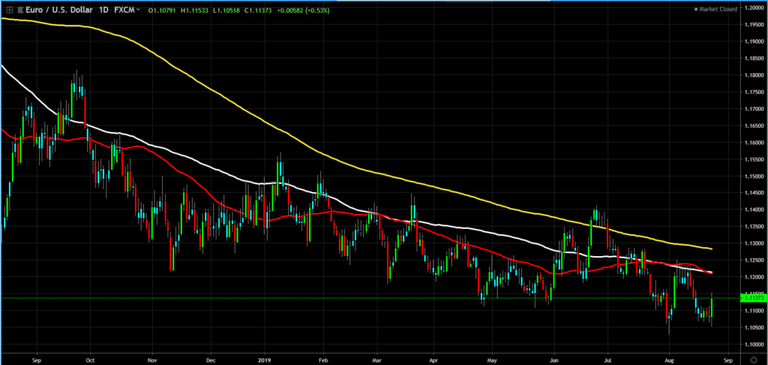
GBP/USD – British pound (Sterling or Cable) vs. the U.S. dollar
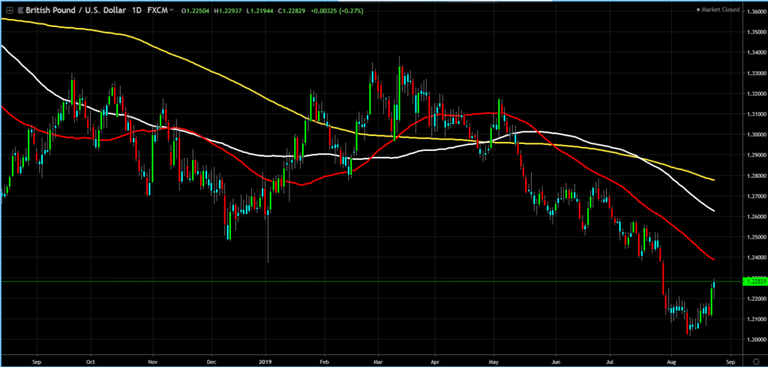
NZD/USD – New Zealand dollar (Kiwi) vs. the U.S. dollar
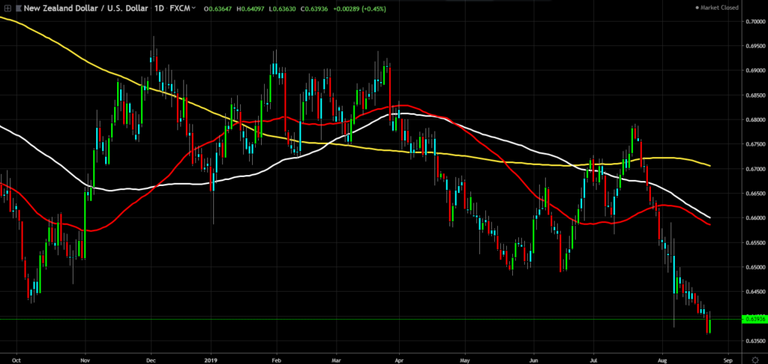
USD/CAD – U.S. dollar vs. the Canadian dollar (Loonie)
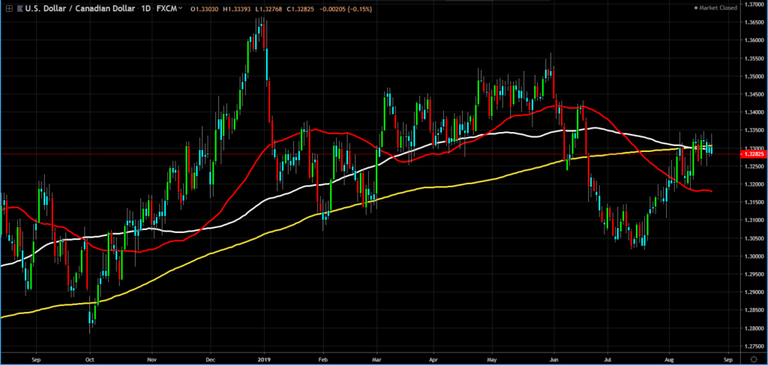
USD/CHF – U.S. dollar vs. the Swiss franc (Swissie)
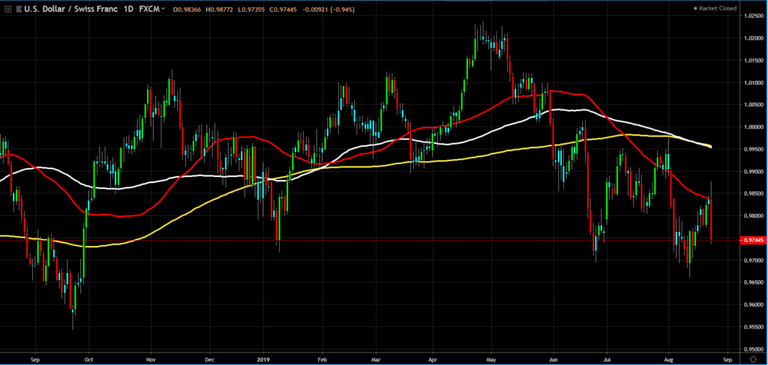
USD/JPY – U.S. dollar vs. the Japanese yen (the Yen)
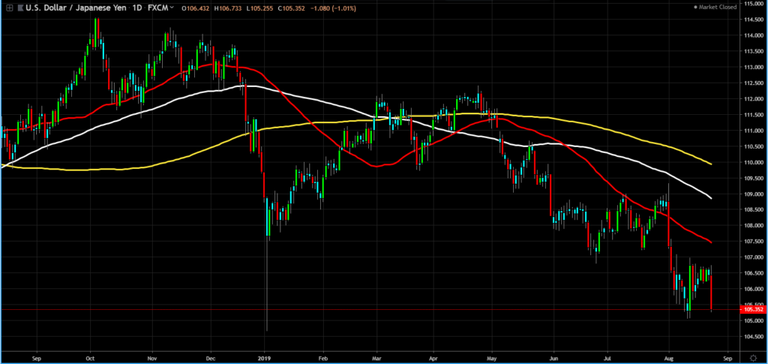
Based on the moving averages and the last daily closing price, relative to the moving averages,

the currency relative strength relative to the US dollar is the following:

Two Weeks Ago




Flight to safety looking to become more common! Like to see the CAD somewhat strong despite the declines in oil.
Posted using Partiko iOS
Canada economy still holding up so to real estate...for now.
Posted using Partiko iOS